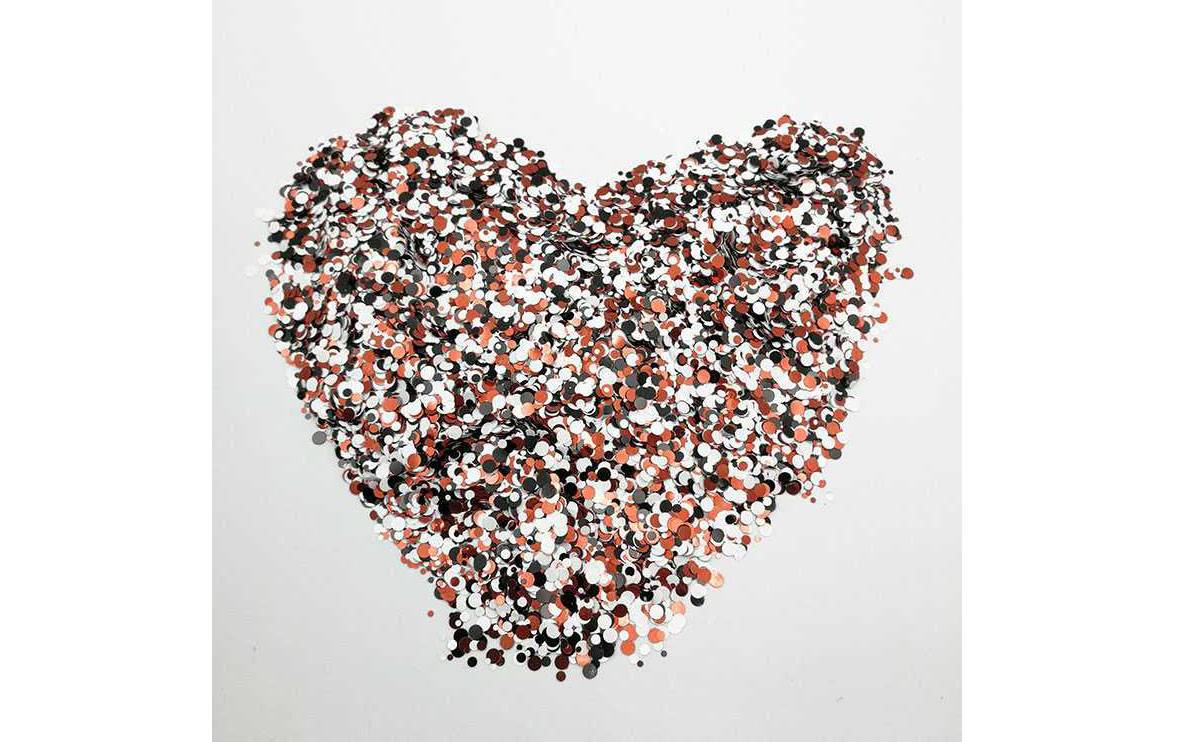Can Biodegradable Glitter Be Holographic?

Glitter has long been a staple in cosmetics, crafts, and fashion, but concerns about its environmental impact have led to the rise of biodegradable glitter. As sustainability becomes a priority, many consumers and businesses wonder: Can biodegradable glitter be holographic? The answer lies in material science, manufacturing techniques, and innovations in eco-friendly alternatives.
What Is Biodegradable Glitter?
Biodegradable glitter is designed to break down naturally in the environment, unlike traditional plastic-based glitter, which contributes to microplastic pollution. This eco-friendly alternative is often made from plant-derived cellulose, typically sourced from eucalyptus trees. Unlike conventional PET-based glitter, which takes hundreds of years to degrade, compostable glitter decomposes under natural conditions without harming ecosystems.
How Does Holographic Glitter Work?
Holographic glitter creates a rainbow-like, multi-dimensional shine by reflecting and refracting light. This effect is achieved through microscopic diffractive surfaces, which split light into different wavelengths. Traditionally, holographic glitter has relied on layers of plastic or aluminum to enhance its reflective properties.
Can Biodegradable Glitter Be Holographic?
Creating holographic biodegradable glitter is more challenging than producing standard compostable glitter. The primary difficulty lies in replicating the highly reflective, multi-angle shine of plastic-based holographic glitter while using eco-friendly materials. However, advancements in biodegradable glitter manufacturing have led to new solutions that balance sustainability with aesthetics.
Challenges in Developing Holographic Compostable Glitter
-
Material Limitations
Traditional holographic effects are achieved with metalized coatings or plastic layers, which are not biodegradable. Eco-friendly alternatives must use bio-cellulose with sustainable reflective coatings. -
Durability vs. Biodegradability
Biodegradable glitter must be strong enough to maintain its shine but also break down naturally. Striking this balance requires advanced eco-friendly binding agents. -
Production Costs
Holographic compostable glitter is still a developing field, and compostable glitter manufacturers are refining techniques to make production more cost-effective while maintaining the vibrant, reflective properties of traditional holographic glitter.
Innovations in Holographic Compostable Glitter
Recent breakthroughs have enabled compostable glitter manufacturers to create biodegradable holographic glitter using plant-based materials and light-reflecting bio-coatings. These innovations ensure that sustainable glitter maintains its stunning visual appeal without harming the environment.
Some manufacturers are experimenting with:
✅ Natural mineral-based coatings to enhance reflectivity
✅ Plant-based polymer layers that mimic the refractive properties of traditional holographic glitter
✅ Eco-friendly dyes and coatings to achieve a full-spectrum shine
Choosing the Right Compostable Glitter
For those looking to switch to sustainable alternatives, consider the following when selecting compostable glitter:
🔹 Material Composition: Ensure it is certified biodegradable and free from plastics.
🔹 Holographic Effect: Check whether the glitter provides the desired shine and color shift.
🔹 Certified Compostability: Look for certification from recognized bodies like TÜV Austria or OK Compost to ensure environmental safety.
🔹 Trusted Manufacturers: Work with reputable compostable glitter manufacturers that use ethical and sustainable production practices.
The Future of Holographic Biodegradable Glitter
As sustainability demands grow, biodegradable glitter will continue evolving. Scientists and compostable glitter manufacturers are investing in better materials to create high-performance, holographic eco-glitter that delivers the same sparkle as traditional options—without the environmental cost.
Summary:
Yes, biodegradable glitter can be holographic, but it requires innovative materials and advanced manufacturing techniques. While not yet as widespread as traditional plastic-based holographic glitter, new advancements are making holographic compostable glitter more accessible. As technology improves, we can expect even more eco-friendly glitter options that combine sustainability with dazzling visual appeal.
For businesses and consumers who prioritize sustainability, choosing glitter from trusted compostable glitter manufacturers is a step toward reducing plastic pollution while still enjoying stunning, holographic effects.
